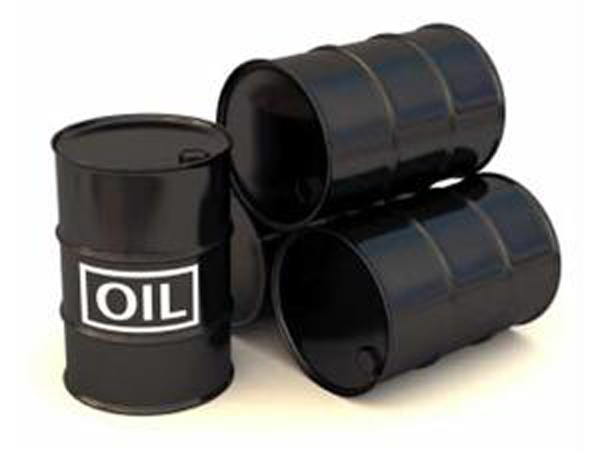The Russian energy industry is in trouble and the repercussions are global.
Since Russia’s Feb. 24 invasion of Ukraine, the United States has banned imports of its oil and natural gas and numerous other nations have shunned it as a supplier, forcing it to fill all its available storage as its tankers were turned away from foreign ports and wells were shut in, meaning that some can probably never be restarted.
Mark Finley, a fellow in energy and global oil at the Baker Institute for Public Policy at Rice University in Houston, says Russia’s fall as the world’s No. 1 exporter of natural gas and No. 2 of oil behind Saudi Arabia has shaken global markets and threatened President Vladimir Putin’s long-held ambition to restore his nation to greatness.
“This is not a new dynamic,” Finley said in a Monday phone interview, noting that the U.S. remains the top exporter of refined products. “The key is that oil is a global marketplace. The International Energy Agency in Paris, France, estimates that Russia’s production is down by a million to 1 1/2 million barrels a day and they are discounting their oil by over $30 a barrel.
“First you fill up your storage tanks and try to find other buyers and next you reduce your production. Their storage is not like the commercial storage system in the U.S.”
Finley said Russia’s oil and gas wells are spread throughout its frigid northern regi0n of Siberia. “Their biggest markets have been Europe and China,” he said, adding that Putin has had some success in finding new buyers in India.
“Now they’re looking toward the Arctic to develop more. It’s very clear that their oil production has declined because of the sanctioning that’s been going on. A lot of countries have outright banned their oil and a number of companies are doing it on their own. They don’t want Russian oil, which accounts for half of the government’s revenues, because it has become risky and it is politically unsavory.
“The big majors like British Petroleum, Shell and Exxon Mobil are selling their holdings and oil buyers around the world are scrambling to adjust. Exxon Mobil has a big investment in natural gas on Sakhalin Island off the Pacific Coast.”
Finley said Russia’s two big energy companies are the heavily taxed Rosneft for oil and Gazprom for natural gas. “Putin has written papers for decades about how he would use his country’s commodities to restore its greatness,” he said, calling Russia’s refineries “unsophisticated.
“A lot of their network is homegrown, but even if they only get $70 or $75 a barrel, they can still balance their budget with $50 a barrel. Most of what they’d been exporting to Europe was diesel fuel.”
Finley said Russia’s participation in the liquefied natural gas market is minimal because most of its gas is moved by pipelines.
In a paper published by the Baker Institute in March, Finley and Dr. Jim Krane said the sanctions levied this year “have already wreaked far more damage than those those eight years earlier” with the annexation of Crimea.
“This time, the U.S. was joined by the European Union as well as the United Kingdom, Japan, Canada, Australia, New Zealand, Taiwan, Switzerland and other countries,” they wrote. “The main Russian crude oil export is the medium-grade, high-sulfur or “sour” Urals blend, which accounted for roughly three billion barrels per day of exports last year. The remainder was primarily East Siberian Light for Asian consumers and Siberian Light, which are both low-sulfur or “sweet” crude blends.
“Discussions of Russian energy politics tend to revolve around natural gas exports, which have been more geopolitically contentious. From the standpoint of importance to Russia’s economy, however, oil exports are far more important, being responsible for about three times the revenue contribution of natural gas. Oil exports brought Russian firms nearly $180 billion in revenues in 2021, accounting for more than a third of the country’s total export revenues. Of the proceeds from oil, roughly 60 percent arose from crude exports and the remainder from refined products.”
The academicians said Eastern Europe is generally most reliant on Russia with the Soviet-era Druzhba, for “Friendship,” pipeline that first shipped oil in 1962 supplying refineries in Germany, Poland, Hungary, Slovakia and the Czech Republic.
“Druzhba’s throughput has fallen in recent years as European refiners have diversified their sources of supply,” said Finley and Krane. “Its 2021 deliveries of just over 700,000 b/d were 40 percent below the post-Soviet peak in 2006-15. Roughly 250,000 b/d transited the southern leg of the pipeline, which flows through Ukraine, with the remainder flowing via the northern leg.”




